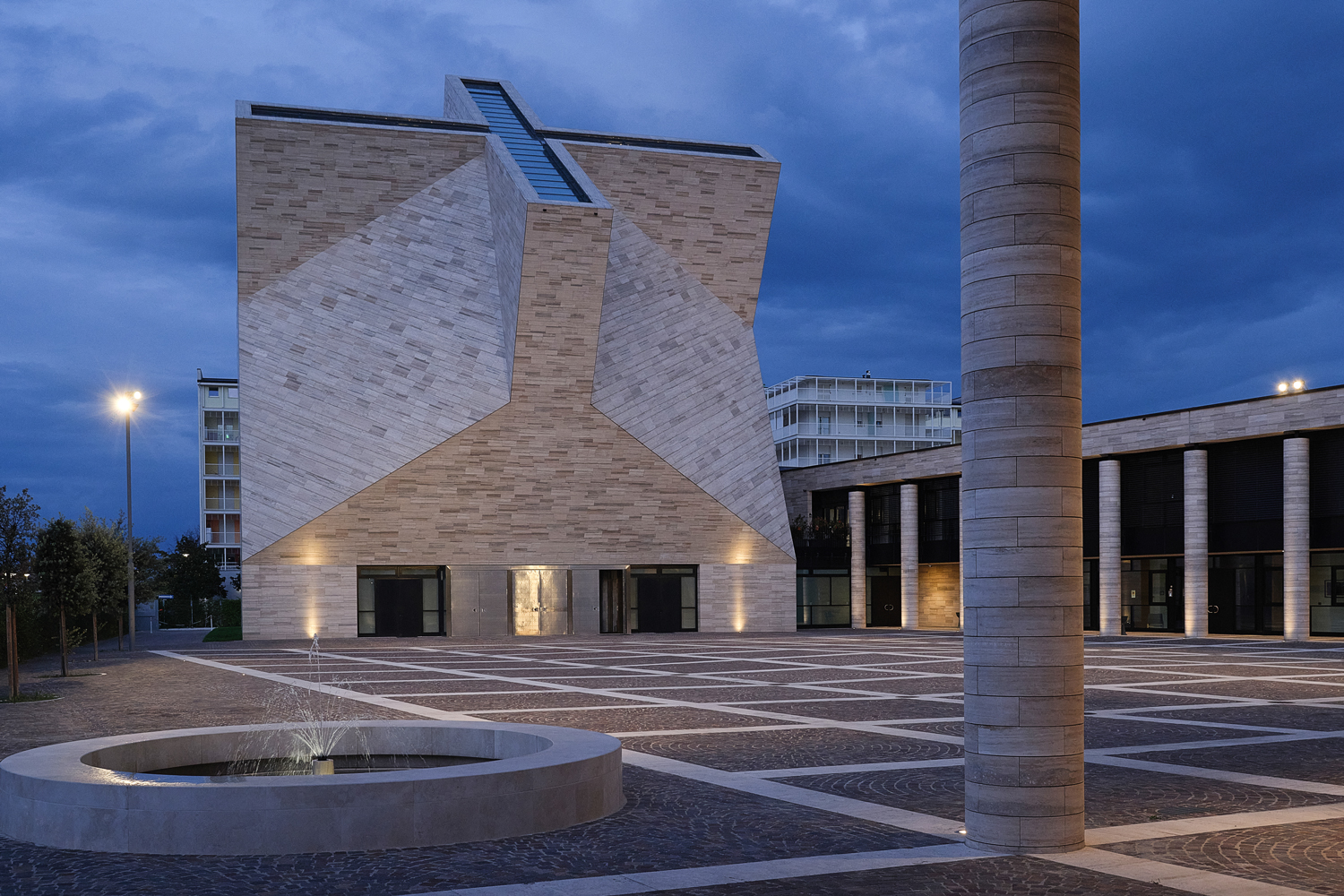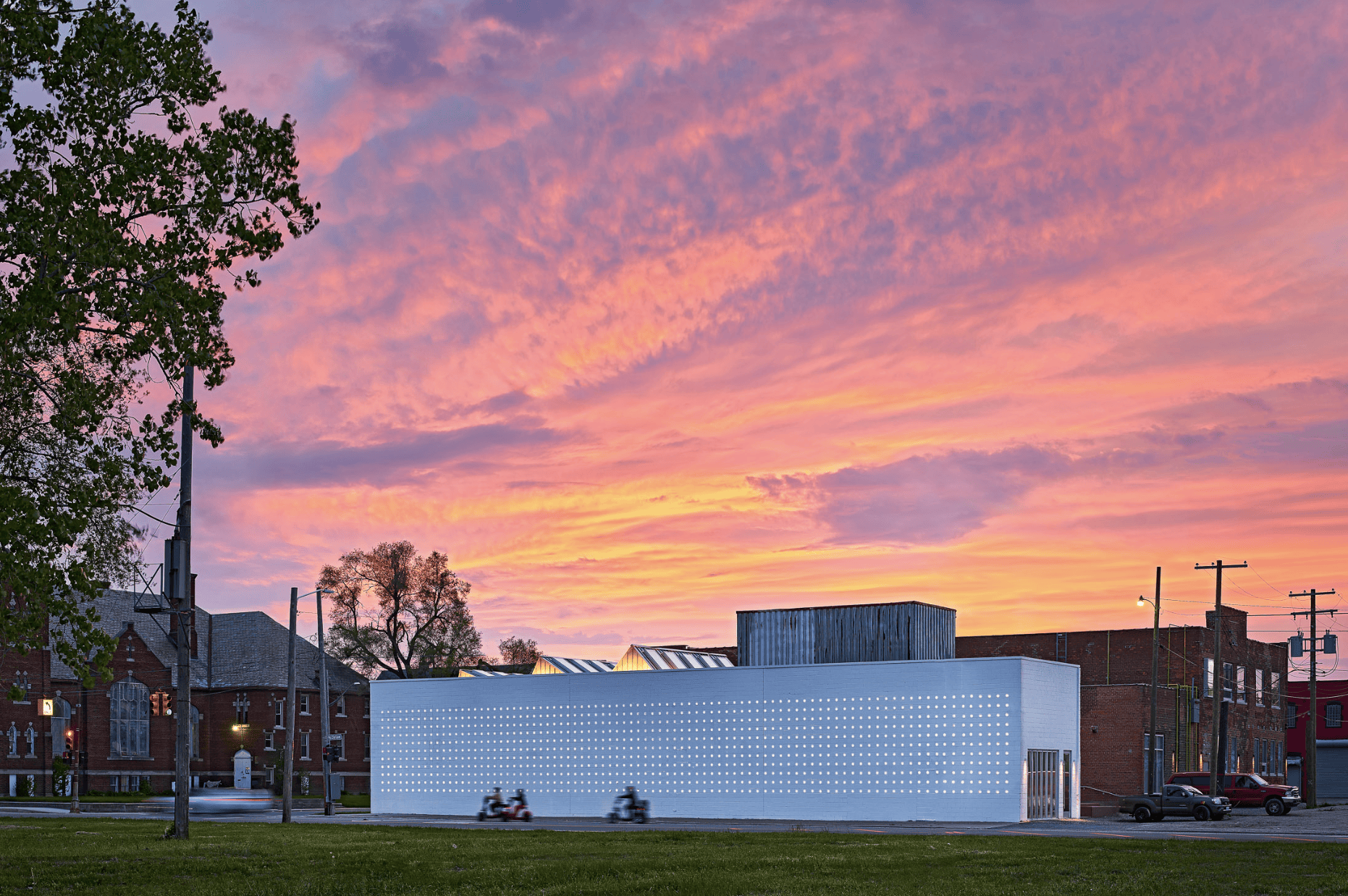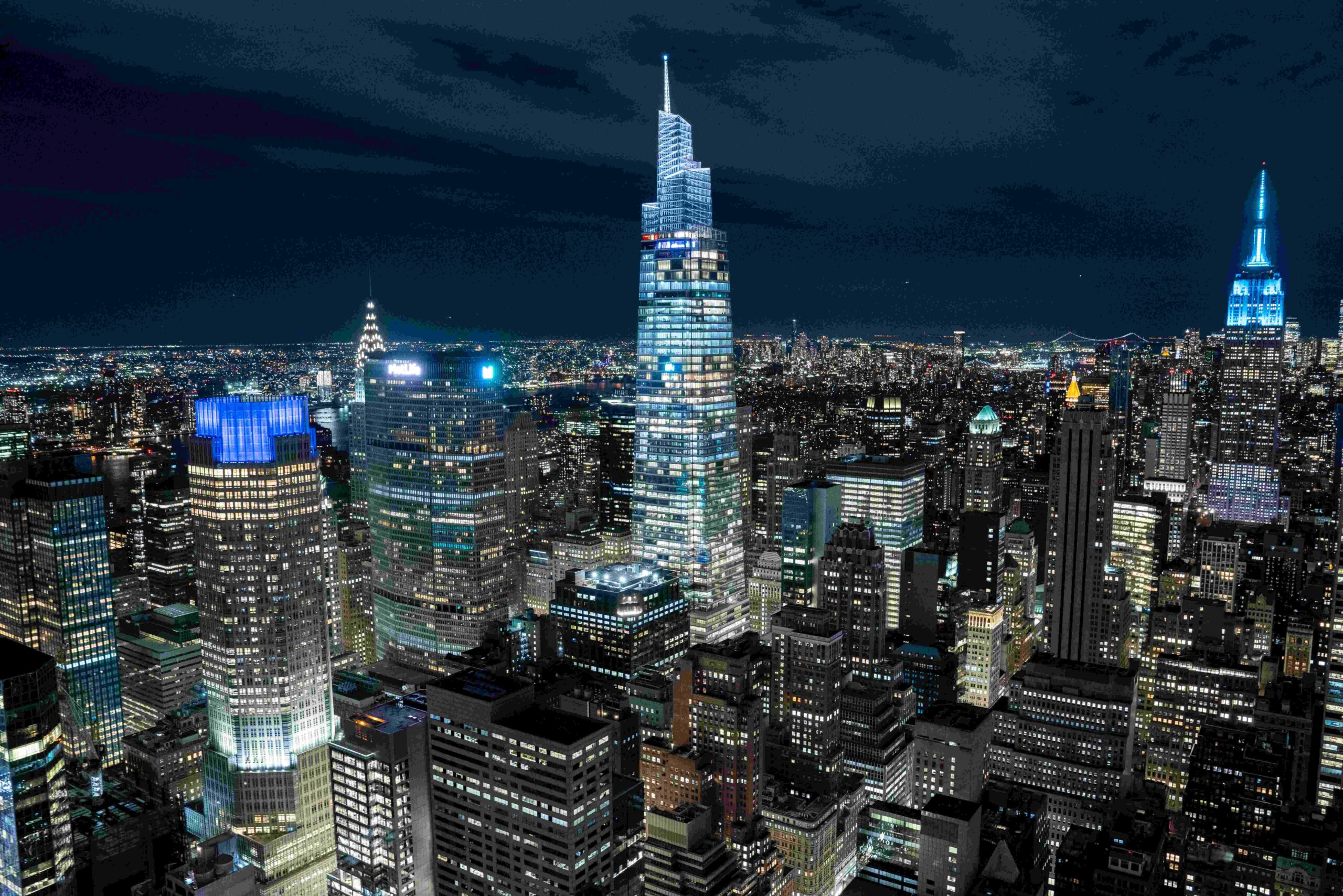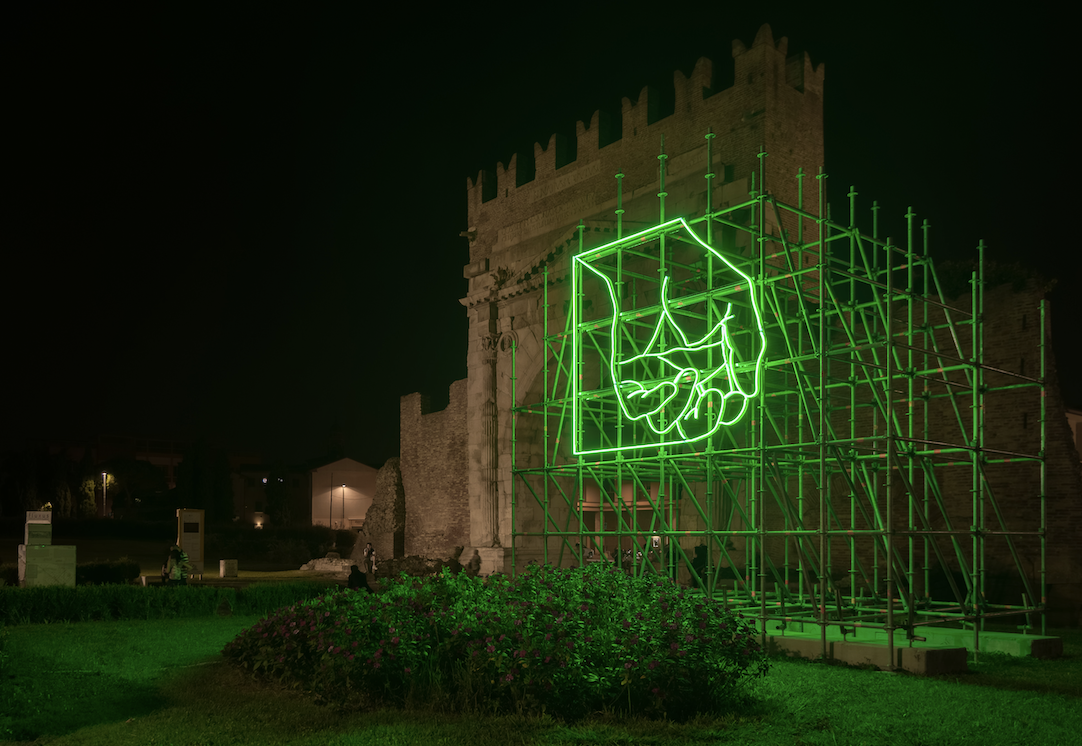In the last decade, light festivals have become increasingly popular, not only for bigger cities like London or Amsterdam, where art exhibitions and events are on the daily agenda but also for smaller cities and towns and can include all kinds of light art installation, from video projecting to luminous sculptures and interplays of coloured light. Thanks to LEDs and the new lighting control technologies, the range of possible types of installations has hugely expanded, combining different disciplines and, especially, allowing for more interactions between the installations and the viewers.
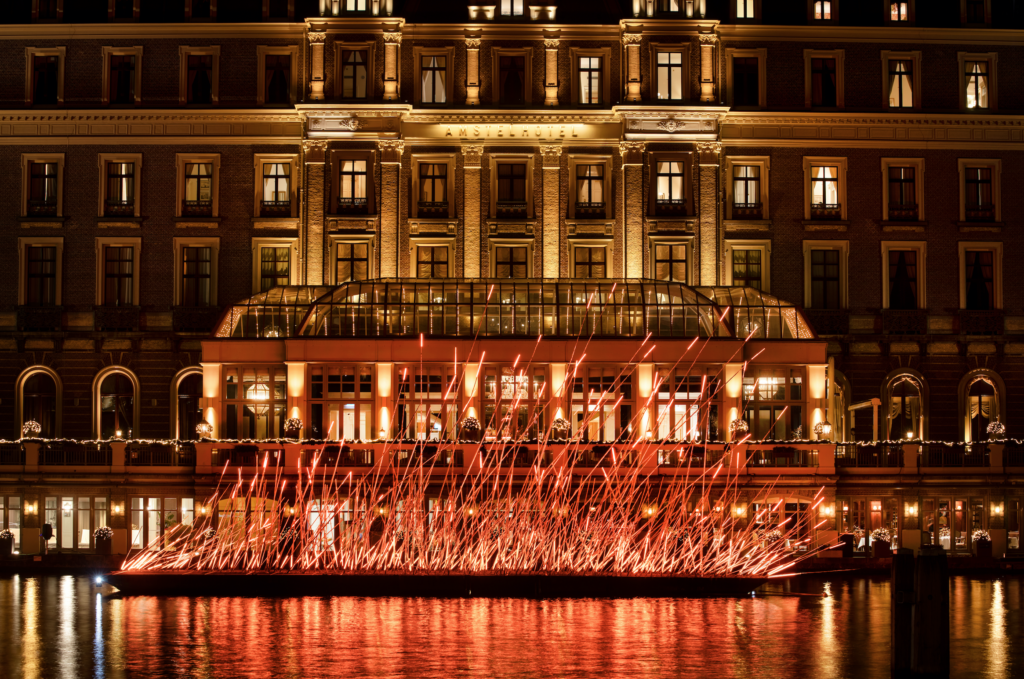
How do light festival positively impact cities and their citizens
Light festivals have many positive effects on the city and the lives of the citizens. First, they can bring new purposes to the urban space and foster its use, by giving undervalued areas a new flare. Festivals are also a good occasion to reinforce the identity of the city and its traditions, and thus to increase its international prestige.
From a social point of view, they make art and culture more accessible to the people by getting them out of museums and private galleries. Moreover, they encourage citizens to participate in the town’s social life: light is a great tool for bringing people together and light festivals can absolutely foster conviviality and interactivity between visitors and the city. Finally, they can help raise awareness about specific topics or about the lighting industry and the artists.
Many light festivals have a specific theme or strive to highlight social/environmental issues, whilst others are conceived as a celebration of lighting design itself and serve as a field for artists and designers to experiment with new ways of using light.
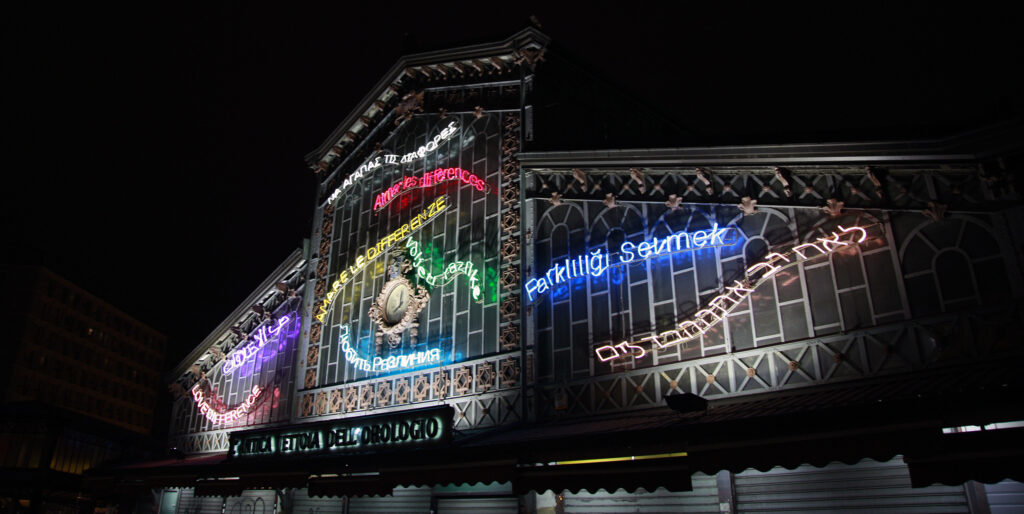
The Fête des Lumières in Lyon: from tradition to a new image of the city
Fête des Lumières in Lyon is without any doubt the most famous light festival in Europe. Lyon was the first city to organize this type of event in 1999, coming from an already well-established culture of urban lighting, to improve the image of the city internationally and boost its tourism.
The festival takes place for three days in December around the Christian Feast of Immaculate Conception and this occasion is precisely what the festival takes its inspiration from: on December 8, 1852, the people of Lyon decorated their windowsills with candles to celebrate the installation of a statue of the Virgin Mary. The facades of the buildings were completely transformed by this light show, and the impact on the citizens was so great that they decided to repeat this festival of lights every year on December 8th.
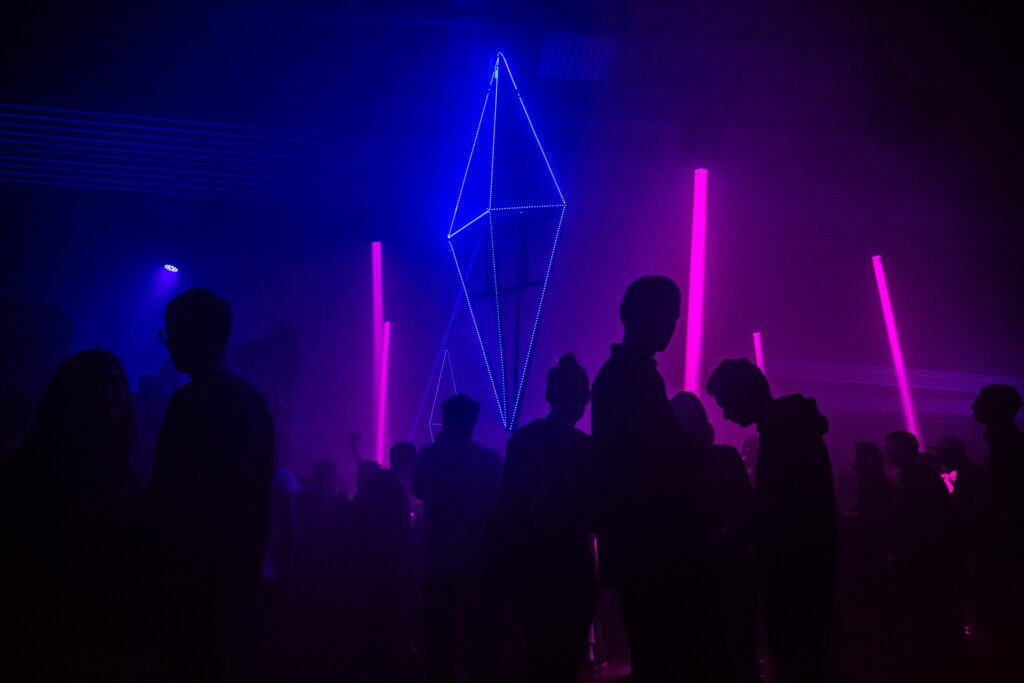
The Lyon municipality decided to take advantage of this already established tradition among the citizens of Lyon to create a new event made of video projections on buildings, large-scale installations, and coloured and dynamic scenarios that transform the urban space into a surreal fairy-tale world where light is the protagonist. The city thus sets the stage for this wonderful interplay of light and colour where citizens and visitors can enjoy a unique and enchanting night scenery.
The Fête des Lumières of Lyon is the perfect example of how light festivals can draw inspiration from old city traditions to build new ones, enhancing urban space and providing wonderful visual experiences for the viewers.
Luci d’Artista in Turin: making art accessible to all
Luci d’Artista in Turin, Italy, on the other hand, is an example of how light festivals can be a tool for enhancing and promoting art, as well to highlight the urban space during the Christmas season.
The first light festival was organized in 1998 by the town municipality and since then it keeps innovating and expanding. Each year the installations are placed in significant places in the urban area to enhance them and create unique and inspiring light atmospheres. The installations not only become part of the urban space, integrating with the furniture and architectural elements but also seek to convey strong values and ideas and poetic visions. The event thus becomes an outstanding tool for promoting contemporary artists and their works and bringing people closer to art.
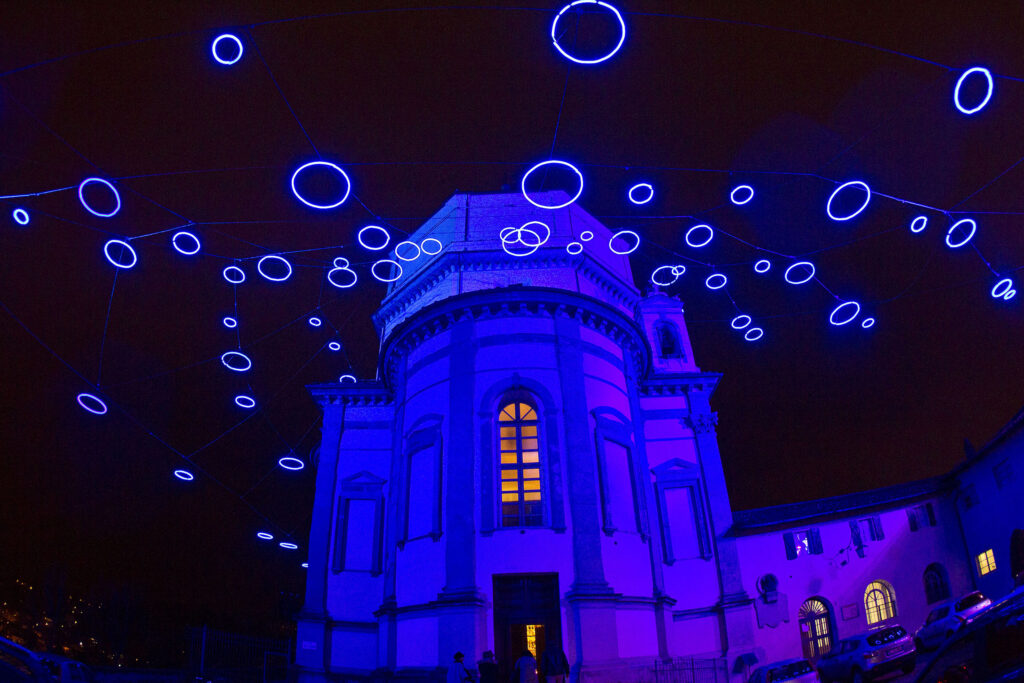
The City of Light, Jyväskylä: spreading the culture of light
The city of Jyväskylä in Finland has always had a strong tradition of urban lighting since the 1990s. It has always been one of the municipality’s goals to create nightscapes that are optimal for both people and the urban context and the City of Light festival is the cherry on top of this beautiful urban design approach.
The festival includes the inauguration of new urban permanent and temporary installations designed specifically for the occasion. Through the former, people are brought closer to the topic of light and urban lighting and are made aware of a harmonious light culture that respects the urban space.
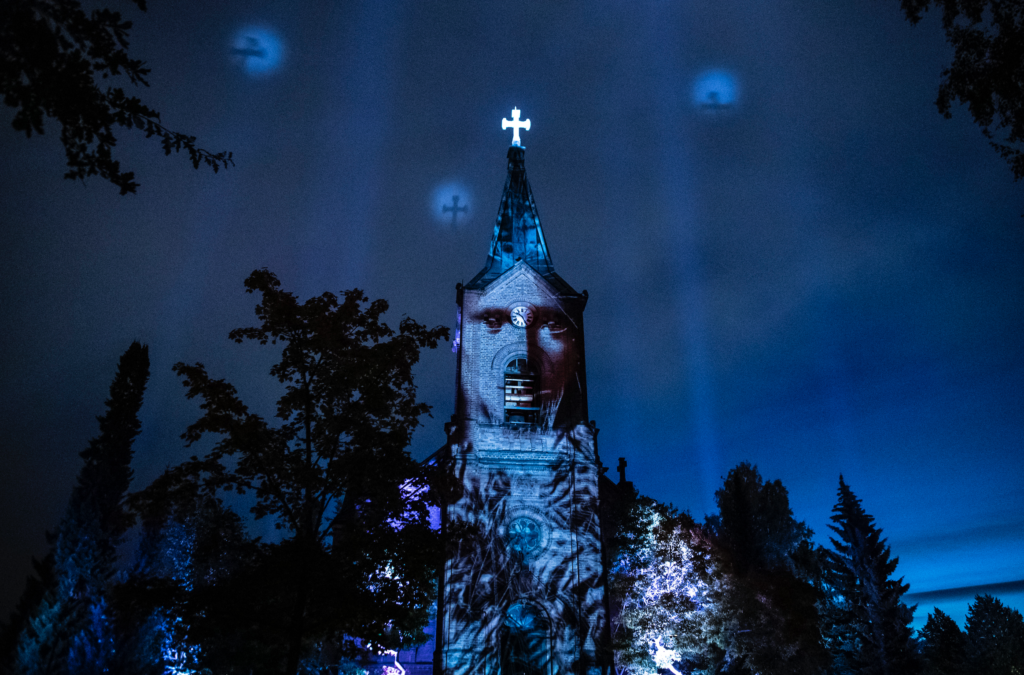
The second ones, which employ special scenic effects, use of colour and more impressive techniques, contribute to generating a very inspiring and unique atmosphere where they can experience the city under a different light than usual.
Furthermore, the City of Light Festivals aims to foster interaction among the lighting community: during the event, some lighting seminars are organized specifically for lighting professionals attending the festival, to promote networking and create opportunities for continuing education and sharing of new ideas.
